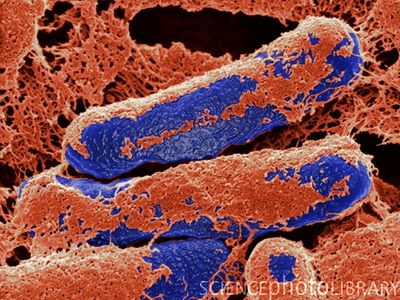by Zack Griggy, San Marin HS
The earthquake is an awe-inspiring disaster that can occur anywhere at anytime where two tectonic plates contact. Tectonic plates make up most of the Earth's crust and move freely, so they can rub up against, move away from, or compress against other tectonic plates, which results in huge amounts of energy. The place where said actions occur are called faults. Earthquakes are the result of rocks along the fault breaking as the faults move. This releases all the pent-up energy from the tectonic plate movement, and results in a tremor. There have been countless earthquakes recorded, but recently, there have been many events in particular that have attracted a large amount of attention in the seismological community, among which include the San Ramon Swarm and last April's Nepal Quake.
Since October 15, the town of San Ramon in Contra Costa County, California has been rattled by more than 200 small earthquakes. Thirty of which occurred over two days. The tremors have been small, the largest to date barely reaching 3.2 on the Richter Scale. According to the US Geological Survey, there have been numerous instances of earthquake "swarms," where numerous earthquakes occur in a close vicinity and in a short period of time. However, the past swarms have occurred over a long period of time, which raised the question of how long this swarm will last. The longest swarm was in the nearby town of Alamo that lasted 42 days with over 350 earthquakes. Residents are concerned about the earthquake swarm but seismologists say that the swarm may be beneficial, because the fault is releasing pent up energy and abating the risk of a large magnitude tremor for years to come.
However, earthquakes are very capable of wreaking havoc into both the developed and undeveloped world. The recent Nepal Quake of last April is an example of the destructive power earthquakes possess. This quake, centered about 85 miles from Nepal's capital of Kathmandu, was responsible for the death of over 8000 people and the destruction of over half a
million homes. Millions are still in need of humanitarian aid because of this quake and its aftershocks. The quake reached 7.8 on the Richter Scale, which made this tremor more than 800 thousand times stronger than the strongest tremor in the San Ramon Earthquake Swarm. What really raises concerns however, is the realization that a quake like this could happen almost anywhere. According to TIME, the three cities most at risk for a large magnitude earthquake are Tehran, Istanbul, and Los Angeles. These are densely populated cities, and the fallouts of a large earthquake there could be devastating.
Sources:
1. http://www.ktvu.com/news/east-bay-news/32982571-story
2. http://www.sfgate.com/bayarea/article/Small-earthquake-strikes-in-area-of-recent-swarms-6590014.php#photo-8857844
3. http://www.ga.gov.au/scientific-topics/hazards/earthquake/basics/causes
4. http://time.com/3882272/nepal-earthquake-death-toll-2/
5. http://time.com/3838716/earthquake-risk-nepal/
To learn more about earthquakes and the science behind them, attend Dr. Diego Melgar's presentation on Wednesday, November 15, 2015 from 7:30 - 8:30 at Terra Linda High School, Room 207, 320 Nova Albion Way.
The earthquake is an awe-inspiring disaster that can occur anywhere at anytime where two tectonic plates contact. Tectonic plates make up most of the Earth's crust and move freely, so they can rub up against, move away from, or compress against other tectonic plates, which results in huge amounts of energy. The place where said actions occur are called faults. Earthquakes are the result of rocks along the fault breaking as the faults move. This releases all the pent-up energy from the tectonic plate movement, and results in a tremor. There have been countless earthquakes recorded, but recently, there have been many events in particular that have attracted a large amount of attention in the seismological community, among which include the San Ramon Swarm and last April's Nepal Quake.
 |
| Destruction from April's Nepal Earthquake |
However, earthquakes are very capable of wreaking havoc into both the developed and undeveloped world. The recent Nepal Quake of last April is an example of the destructive power earthquakes possess. This quake, centered about 85 miles from Nepal's capital of Kathmandu, was responsible for the death of over 8000 people and the destruction of over half a
 |
| A diagram that shows the risk for earthquakes worldwide |
Sources:
1. http://www.ktvu.com/news/east-bay-news/32982571-story
2. http://www.sfgate.com/bayarea/article/Small-earthquake-strikes-in-area-of-recent-swarms-6590014.php#photo-8857844
3. http://www.ga.gov.au/scientific-topics/hazards/earthquake/basics/causes
4. http://time.com/3882272/nepal-earthquake-death-toll-2/
5. http://time.com/3838716/earthquake-risk-nepal/
To learn more about earthquakes and the science behind them, attend Dr. Diego Melgar's presentation on Wednesday, November 15, 2015 from 7:30 - 8:30 at Terra Linda High School, Room 207, 320 Nova Albion Way.

















